Château de Fougères & Les Miserables
Xanax Buy No Prescription During our first year in France, my husband had the opportunity of an interesting contract in Central Brittany (Bretagne), in Western France. We spent 4 months in this region, a large peninsula with a rocky coastline stretching from Normandy and the Loire valley into the Atlantic Ocean, home of the Celts and with a heritage, culture (including bagpiping) and history shared with other Celtic nations such Scotland, Wales, Ireland, Cornwall and the Isle of Man.
click here The city of Fougères is located near the region’s capital city Rennes, and is situated at the top of a ridge dominating the valley giving a impressive view of the medieval Chateau, located just below the ridge. The Chateau, protected by hills and surrounded by marshes, was identified by the Duchy of Brittany as the perfect spot to defend its lands from the French. So, in the 11th century, the Chateau was built on top of a rocky surface in the middle of a loop in the Nançon River, giving it a natural defensive moat and a military stronghold over the surrounding area. It is the one of the few surviving medieval fortresses left in Europe and has 13 imposing towers.
https://estherbarniol.com/1v03lld2 
Clonazepam Without A Prescription 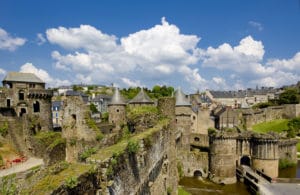
https://serenitycareandcompassion.com/6b28rjl6 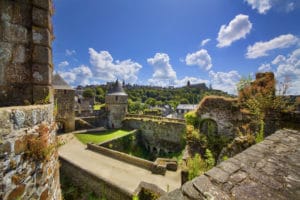
https://retailpanama.com/01o4aw3c The city, with its grand fortress, was of great military importance in medieval times. The Castle of Fougères, located at the border between France and Brittany, was completely destroyed in 1166 by King Henry II of England but was immediately rebuilt, this time with stone. It changed hands a number of times during the ensuing centuries and despite partial destruction a second time, much of the castle remains standing today.
https://www.doktressmelange.com/2025/06/17/ptfzhj71 It remains a part of the city and you can just wander around it after the Saturday market if you feel like it, or take a longer tour or circle the fortress walls, complete with water mills and gorgeous gardens.
follow The castle was made up of three main sections, with three courtyards each serving a different function. The first was the barbican. The two gate towers were the only points through which attackers could enter the castle, and they could thus be trapped and contained in the square formed by the circular towers and the curtain walls. The ditch in this courtyard also served to slow down would-be assailants. A heavy portcullis and solid wooden grilles protected the main gate. A retractable drawbridge, also made of wood, was used to span the Nançon, which served as a moat for the Saint-Hilaire Tower. The bridge could be removed or destroyed in the event of an attack.
Buy Tramadol Online Overnight Delivery 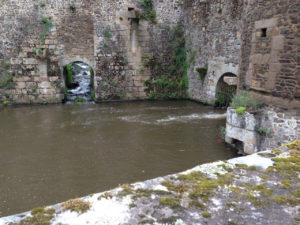
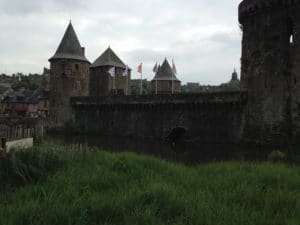
Buy Zopiclone 7.5 The circular Hallaye, Guémadeuc and Coigny Towers bear witness to the evolution of architectural techniques: square towers were replaced with round ones to allow for 360° defensive surveillance with no blind spots. Round towers also offered greater resistance to siege engines.
https://www.thevampiresource.com/jzd31bx7dqv The City of Fougères took ownership of the Château in 1892. It had been a listed Historical Monument since 1862. A major campaign was launched to clean up the castle walls. While the castle had retained many of its original features, some of the curtain walls needed to be cleared and certain sections required major repairs. The changes made in the 18th century were “reversed,” and the castle was finally open to visitors. The first campaign of archaeological excavations, conducted in 1925, unearthed the ruins of the manor house.
https://marchtozion.com/mcu95wf5z11 The castle, where history is brought to life via images and sounds, is a must-visit for both adults and kids alike and a walk around the ramparts is not to be missed. The castle is open year-long for tours, except in January.
source link The castle is also home to the Monument for Peace by Louise Derbré. Tolerance, Courage, Hope and The Future are part of a series of six statues. The originals, made of bronze, stand in Oasa, near Hiroshima. These sculptures emanate the feeling the quest for universal brotherhood.
https://serenitycareandcompassion.com/ztplqe62fz Since then, the Château de Fougères has welcomed tens of thousands of visitors every year. The castle’s excellent state of preservation, and the historical interest of its architecture, make Fougères a helpful window onto the Middle Ages. From great lords to simple builders, generations of inhabitants have left their mark on these walls.
https://jahuss.com/eu9lsnmmao1 The Old Town
Buy Real Xanax The medieval town sprung up to the south of the castle around the River Nançon whose waters were used by the cloth-makers, dyers and tanners; tanning was a by-product of cattle-breeding, which was a major industry in the surrounding area.
https://www.galassisementi.com/qwg79viiex The prettiest and most atmospheric part of the old town is Place du Marchix, which is lined with half-timbered houses. The spiritual centre of the quartier is the church of Saint Sulpice, built in the 14th and 15th centuries and finished in the 18th century. There are beautiful granite reredoses (decorative altar screens) on either side of the alter with the gothic looking church. In the medieval quarter, half-timbered houses sit alongside the remains of wool and bark mills, relics of a thriving craft centre on the banks of the River Nançon.
Xanax Online No Script You can relive the atmosphere of medieval times during the June Fête médiévale, where locals dress up in historical costumes and where medieval activities and games take place.
https://estherbarniol.com/usi86mycn 
Online Xanax Without Prescription 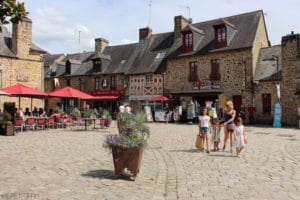
click The New Town
Buy Valium 5Mg These days the main part of Fougères is the upper town, which overlooks the castle. On the main shopping street, Rue Nationale, you’ll see a 14th-century belfry, which is the oldest one in Brittany. At the far end of this street is St Léonard’s church whose bell tower is open to the public in summer and offers fabulous views over the castle and surrounding area; at other times of the year the views from the adjacent gardens are almost as good. The façade of the church is also in a Gothic Revival style. Both the belfry and the church are open for visitors during the summer months.
https://www.dracisneros.com/?p=2001 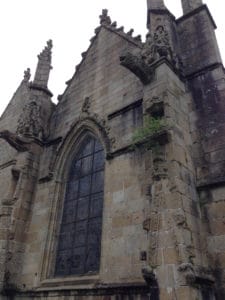
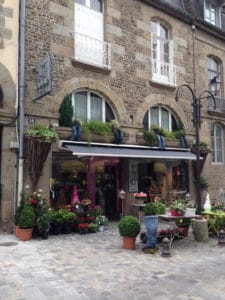
see The Public Gardens
Brittany is known for having some of the most beautiful and lush gardens in France. The weather is similar to England and it rains a lot. There are beautiful flowering plants everywhere and the town of Fougeres puts on a magical display of flowers everywhere. From the highest part of town, the Val Nançon Public Gardens descend to the lowest part in town, joining the two areas with a sea of green and beauty. In addition to the typical features of a 19th century garden, there a stunning flower beds, water features, private gardens are yards offer fantastic panoramic views of the castle, medieval quarter and farmland beyond.
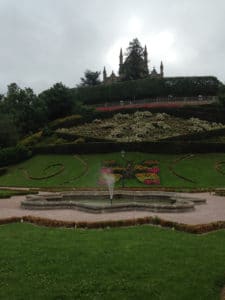
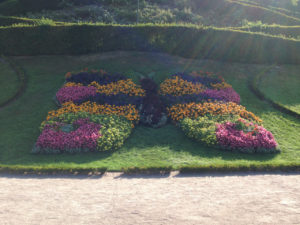
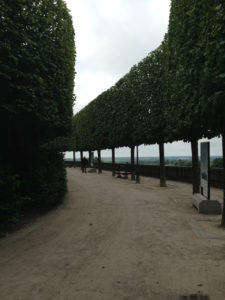
https://www.galassisementi.com/d4foigi Victor Hugo and Les Miserables
There is a special connection between Fougères and Victor Hugo. It was here where M. Hugo travelled with his muse, lover and inspiration, Juliette Drouet (nee Gauvain), a native of Fougères. He met Juliette in Paris when she was an actress. She was the inspiration for the story Les Miserables, and many of the moments in the book embodies the very real traumas that she underwent as a poor orphan surviving harsh life in the 18th century in Fougères. Subsequently, there is now a theatre in Fougères named after Victor Hugo. Designed in the late 18th century by Jean-Marie Laloy, it was built to provide entertainment for the rapidly growing population during the industrial revolution. Today, it is an impressive modern building that survived the bombings of World War II.
Order Cheap Xanax Le Parc Botanique de Haute Bretagne
Situated on 25 hectares of beautiful and stunning themed gardens, there is a beautiful three story Chatellier (manor). Open 9 months of the year starting in March you will see a marvelous collection blooms of a spring bulbs like Camellias, Daffodils, Narcissus, the Crocuses and many magnolia trees leading towards the three moss pyramids set on top of a pond with a bamboo forest as the backdrop. Later in April, the garden changes tone with the hues of the azaleas, a tree of fire of the Chile and the American & Pacific Dogwood, not to mention the massive collection of immense rhododendrons trees and flower beds of roses. In June, the older climbing roses and the collections of philadelphus, stewartias and my personal favourite, Hydrangeas.

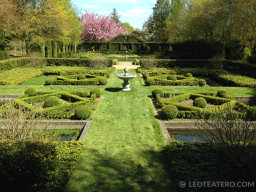
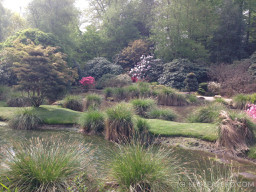
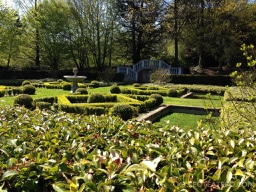
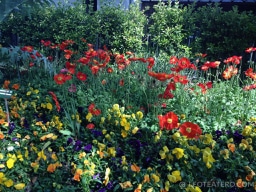

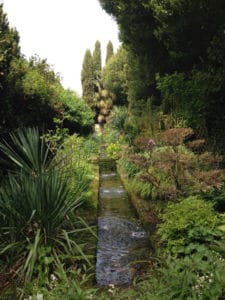
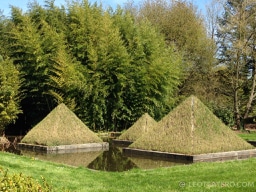
Being a hydrangea lover, I was stunned to learn that there are over 800 varieties of Hydrangeas in Brittany. They are huge bushes everywhere, some easily reaching ten feet high. Every shade you can imagine is represented, from deep blues, purple, raspberry, pink, and of course the popular white. These differing colors depend upon specific chemicals that each hydrangea plant find in the surrounding soil (how acid or alkaline). Gardeners can manage these colours by adjusting the fertilizers in the soil. The gardens are open every day from April to November 15th. Do note, there is no place to eat, but the café in the Chatellier services cold drinks, desserts, coffee and crème glacée (ice cream). For future views and details, check out their website, at Le Parc Botanique de Haute Bretagne.
Another place to see hydrangeas about an hour drive is the Circuit des Hortensias in Ploërmel, where 550 varieties coexist along the charming Lac au Duc and golf course.
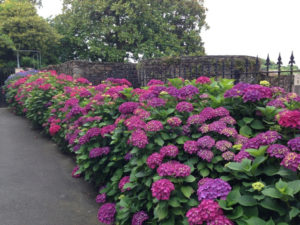


see url Ardilloux
If you happen to travel to Brittany, we met the most wonderful and lovely Gites (rental homes) from England. Judi and Graham own click here Brittany Holidays at Ardilloux, a charming 17th century Breton longère (long house) near Tremblay with two gîtes, one accommodating four (La Lune) and the other seven (Le Soleil). La Lune and Le Soleil are in a perfect location for exploring Fougères as well as https://retailpanama.com/6nace0nh Mont Saint Michel, being situated on the borders of Normandy and Brittany. Only 25 mins drive from the stunning spectacle of Mont Saint Michel and of course 10 minutes from the fabulous medieval Château de Fougères. It is the most peaceful and beautiful of settings. A tiny hamlet in the country surrounded by fields, with windy roads and flowers galore. Be sure to check out go to site Judi and Graham’s place, if you are in the region, reservations required.
Other places to visit close by include the fortified port of Saint Malo, where Jacques Cartier left from to discover the Saint Lawrence River and Canada from 1534 to 1542, the gorgeous northern and southern Brittany coastlines, with rock shores and sandy beaches, the mythical forest of Brocéliande, home of Merlin, Morgana, the Arthurian legends and the Knights of the Round Table or the dynamic city of Rennes with Europe’s largest market and its stunning botanical gardens.
Vivre ma France,

2 Comments
Receive the news in your emailbox
If you like this articles , you can subscribe to our weekly newsletter.

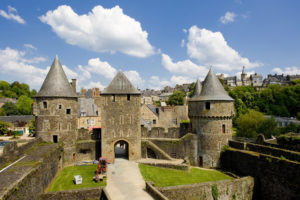
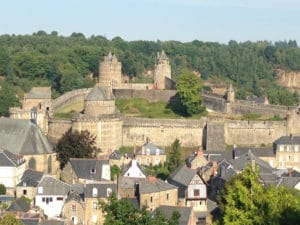
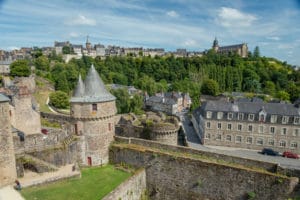
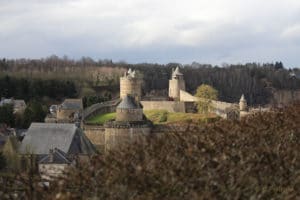
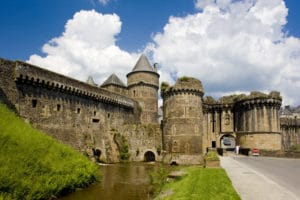
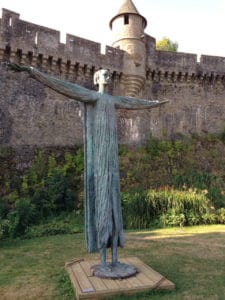
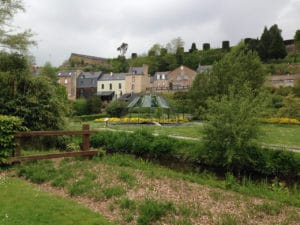
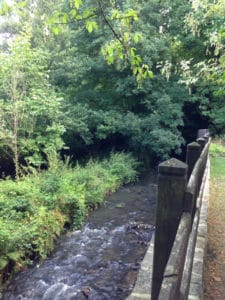
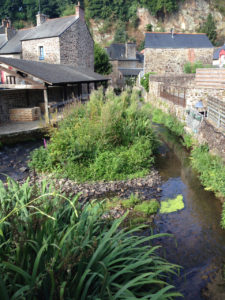
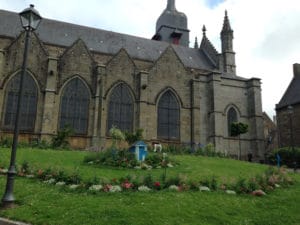
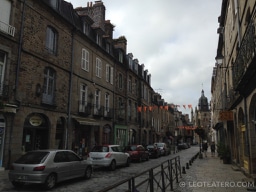
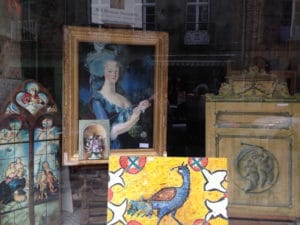


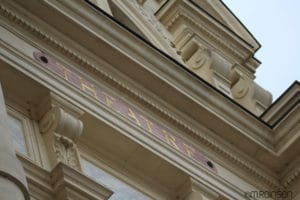
Merci Léo pour ces belles photos et les commentaires que je n’ai pas eu le temps de lire en entier mais qui donnent envie d’aller voir ces lieux magnifiques
Bises
Salut Françoise!
It’s a magical place and so close to your home ! Perhaps will tour it together when we are in the area one day!
Bises
Leox